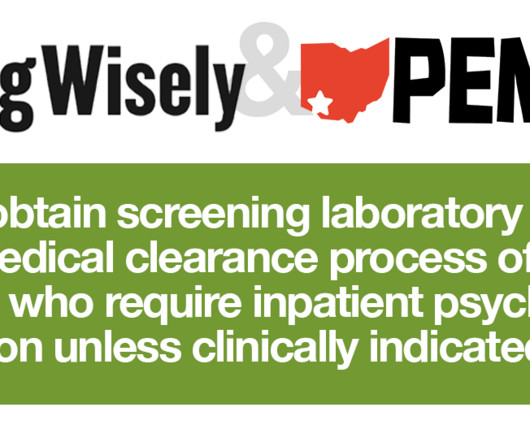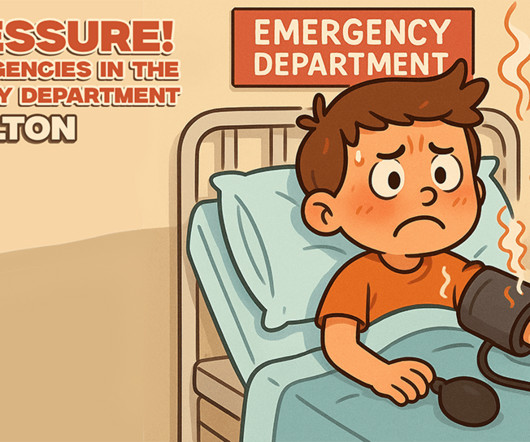Working Out – Dan Minter
The Clinical Problem Solvers
SEPTEMBER 28, 2019
If you’re anything like me, you’ve probably found yourself asking that question after listening to a discussant on the podcast arrive at some unexpected diagnosis, only to have the biopsy or lab test prove them right. Some specific activities mentioned by the participants included patient-directed reading (e.g.,













Let's personalize your content